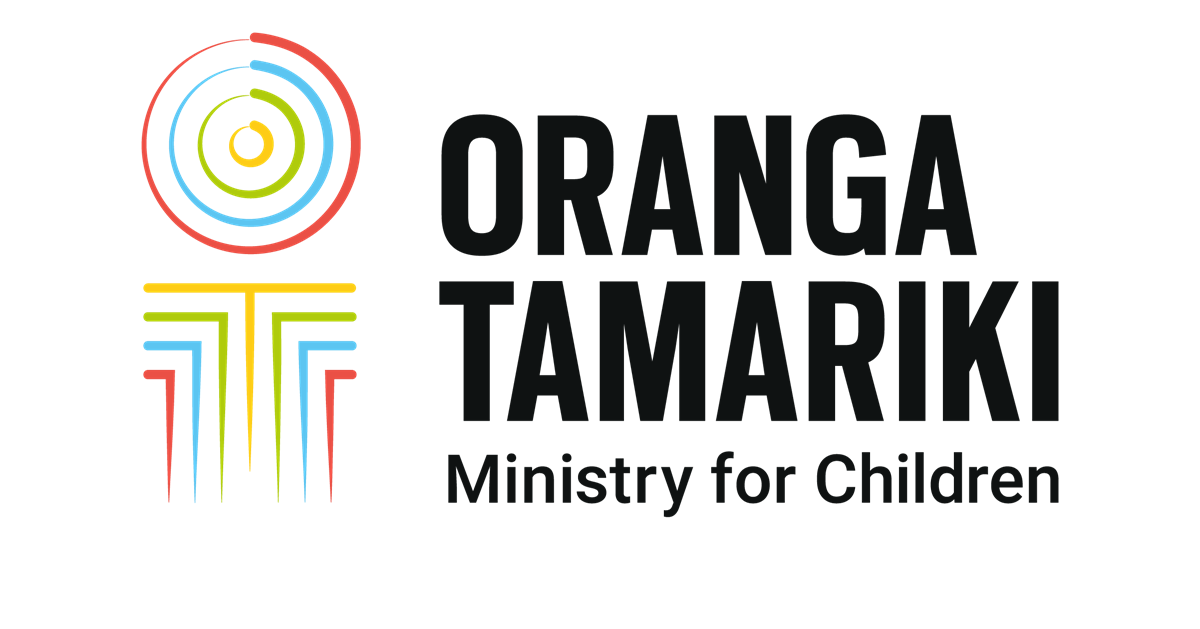Analysis of the decrease of Reports of Concern
Published: April 29, 2024
As part of our general work in monitoring trends and dynamics in key indicators, we have produced a report and an A3 on understanding what has been happening with the decrease in Reports of Concerns in the years following a peak in fiscal year 2018.
Background
Anyone who is worried about a child or young person can make a report of concern to Oranga Tamariki. Reports of Concern represent a main pathway for tamariki with care and protection concerns to become known to Oranga Tamariki. Following a peak in fiscal year 2018, Reports of Concern have been decreasing, with the most noticeable drop happening over fiscal year 2022.
Key findings
Over five years, Reports of Concern decreased by 28% from a peak of 92,351 in F2018 to 66,487 in F2022, with the most significant decrease (15%) occurring during F2022. There has been a small increase over F2023, suggesting the numbers may now be stabilising or recovering from its lowest point in F2022.
Incoming contact (calls, emails, mail, etc) about potential Reports of Concern appear to have decreased since F2017.
Roughly 60% of all Reports of Concern are still made by Police, Education, and Health, but the volume has decreased by more than 30%. We identified disproportionately greater decreases for tamariki Māori and Pacific, in the Auckland and East Coast regions, and for tamariki younger than age 10 .
The proportion of Reports of Concern that required further action increased from 44% to 52% between F2018 and F2022. This suggest that despite the overall decrease, the ROCs that are being made may be of more serious concern.
Three overarching factors have been found to have contributed to the observed decline, including:
- practice change e.g. introduction of new intake and early assessment processes since F2019;
- barriers to reporting and previous experience e.g. increasing call wait times, media and public scrutiny of our operations impacting confidence and potential lack of consensus about what should be reported in the community; and
- the impact of external factors e.g. COVID-19 and its immediate and ongoing impacts; the decline in child poverty and increase in reported wellbeing amongst children over this period; and a more coordinated response to Family Violence incidents which has reduced duplicated reports.
Next steps
The reporting mechanism is often the first doorstep for vulnerable children to be known to us, so it is necessary to continue to monitor Reports of Concern volumes and understand the underlying factors associated with changing trends and patterns.
Areas of further exploration could include:
- understanding whether the current reporting system is accessible, effective and responsive;
- understanding common notifiers’ reporting experiences; and
- investigating whether Oranga Tamariki has responded to concerns effectively through the intake process to improve outcomes for tamariki and prevent
- further statutory involvement.

